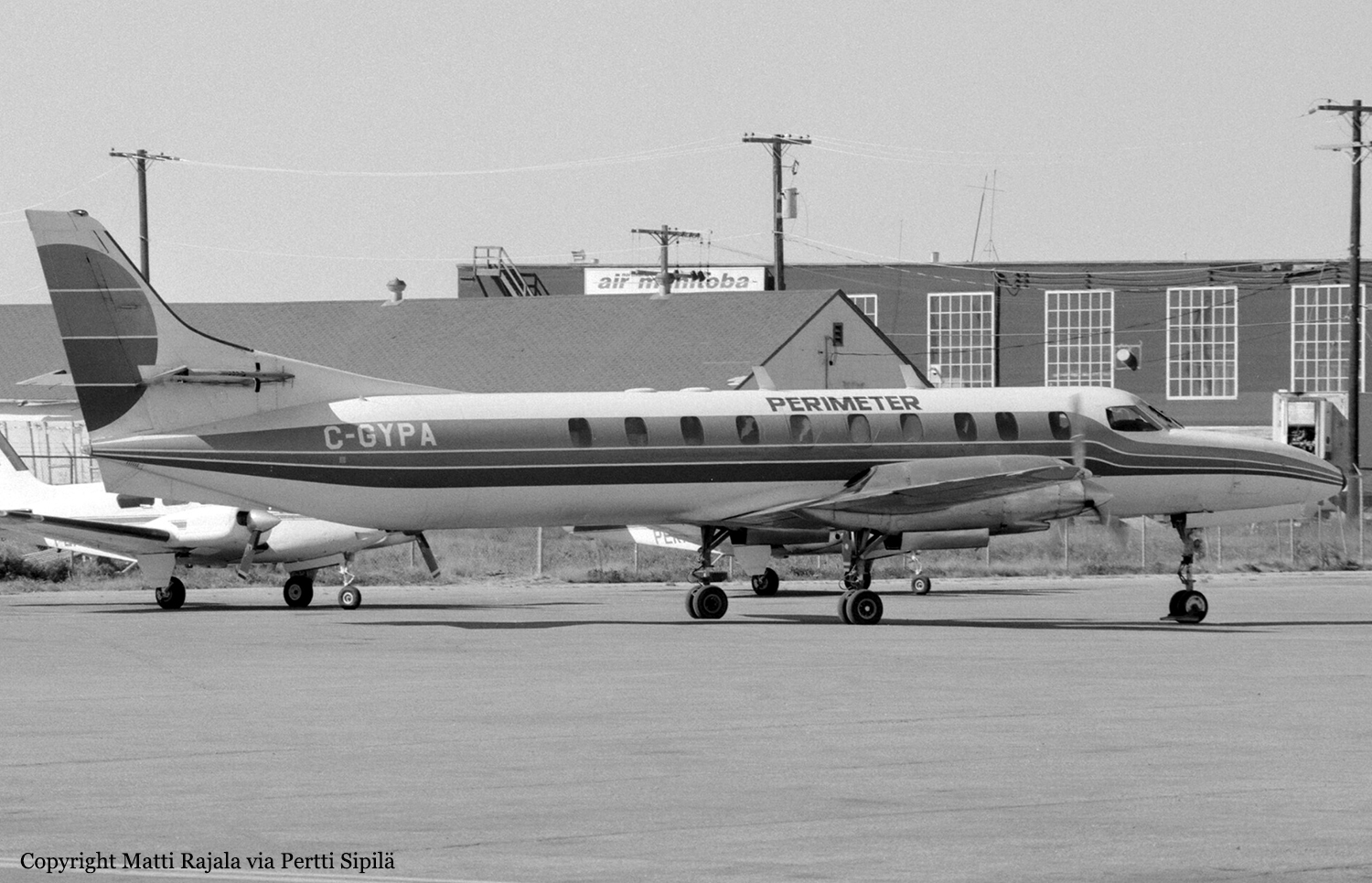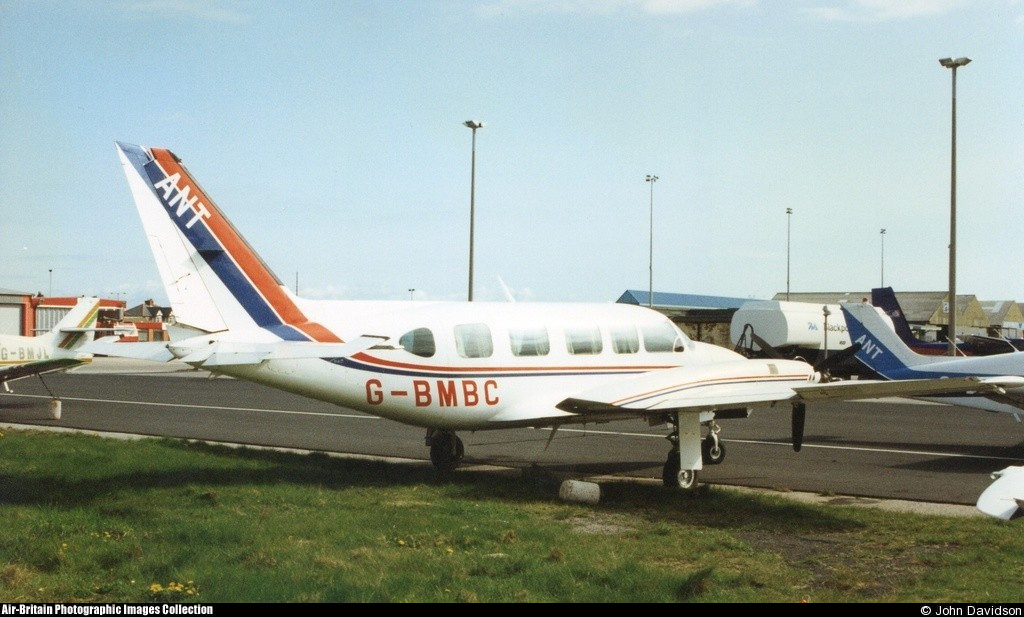Crash of a Learjet 25B in Ciudad Victoria
Date & Time:
Oct 26, 2001 at 1930 LT
Registration:
N715MH
Survivors:
Yes
Schedule:
Houston – Matamoros – Ciudad Victoria
MSN:
25-132
YOM:
1973
Crew on board:
2
Crew fatalities:
Pax on board:
4
Pax fatalities:
Other fatalities:
Total fatalities:
0
Circumstances:
On October 26, 2001, at 1930 central daylight time, a Learjet 25B transport category airplane, N715MH, was substantially damaged when both main landing gears collapsed during the landing touchdown at Ciudad Victoria, State of Tamaulipas, in the Republic of Mexico. The captain, first officer, 2 medical attendants, and 2 passengers aboard the airplane were not injured. The airplane was owned and operated by American Jet International of Houston, Texas. The air ambulance flight originated from the Houston Hobby Airport approximately 1800, and made an intermediate stop at the Matamoros Airport (MMMA) to clear Mexican customs. Night visual meteorological prevailed for the flight, for which and instrument flight rules flight plan was filed.












